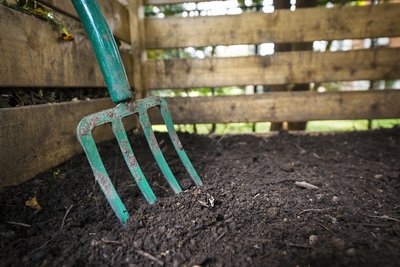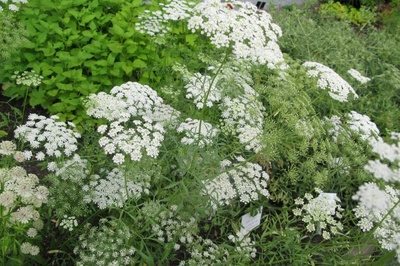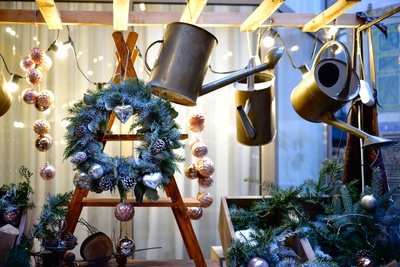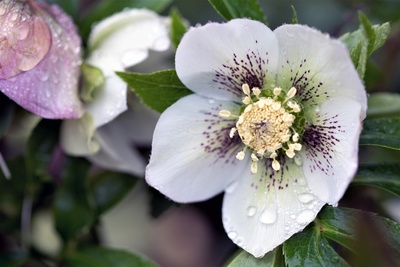
Compost is a vital ingredient for good soil, and your own garden is the most sustainable source of compost there is – no plastic bags, no transport costs, and you know exactly what went into it. Here’s how to start making your own compost.
What is compost?
When dead plant materials such as leaves and stems decompose, they form compost, a dark brown crumbly substance that looks like soil. It’s a fantastic soil improver, helping sandy soils retain moisture and clay soils drain better. Adding compost to your soil is one of the best things you can do for it.
Compost heaps and compost bins
Depending on how much space you have, you can make your compost in a compost heap or use a compost bin. If you have the space to build a compost heap – or ideally two heaps, so that you can turn your compost and use one stack while you build up the other – then do it. Compost bins are suitable for small gardens and can take a surprising amount of green waste if it’s added gradually so that it has time to rot down. However, they can’t be turned (i.e. mixed so that oxygen can get into the compost) as quickly as heaps, so it takes longer for compost to form in a bin.
Tips on making compost
- When building a frame for a compost heap, aim for a structure at least 1m x 1m square, with a removable front panel for access. If you have the space, build two or three heaps so that you can take compost from one while the others are filling up.
- The micro-organisms and worms that break down plant material into compost prefer a constant temperature, not too hot, too dry or too wet. Place your bin or heap in a shady spot and cover compost heaps with heavy plastic sheeting to keep off the rain.
- Ideally, place your bin or heap directly onto the soil so that worms and other organisms can find their way in. If you have to place a container on a concrete base, add a few shovelfuls of soil along with the plant cuttings to start the composting process.
- To stop your compost from turning into a slushy mess, aim to use a 50/50 mix of ‘green’ material (soft plant stems and leaves) and ‘brown’ material (woody stems, cardboard and crumpled paper). The brown material breaks down more slowly and creates air pockets, providing oxygen vital for decomposition.
- Don’t compost cooked food, meat or dairy products, as these may attract rats, and don’t add perennial weeds like dandelion, brambles or bindweed to compost heaps as they will just start to re-grow from root sections.
- Shred or chop woody stems before adding them to make them break down faster.
Making your own compost is a gratifying process, and we have a great range of compost bins and other essentials in our centre, just waiting for you to get started. Visit us today and see what’s in store!




